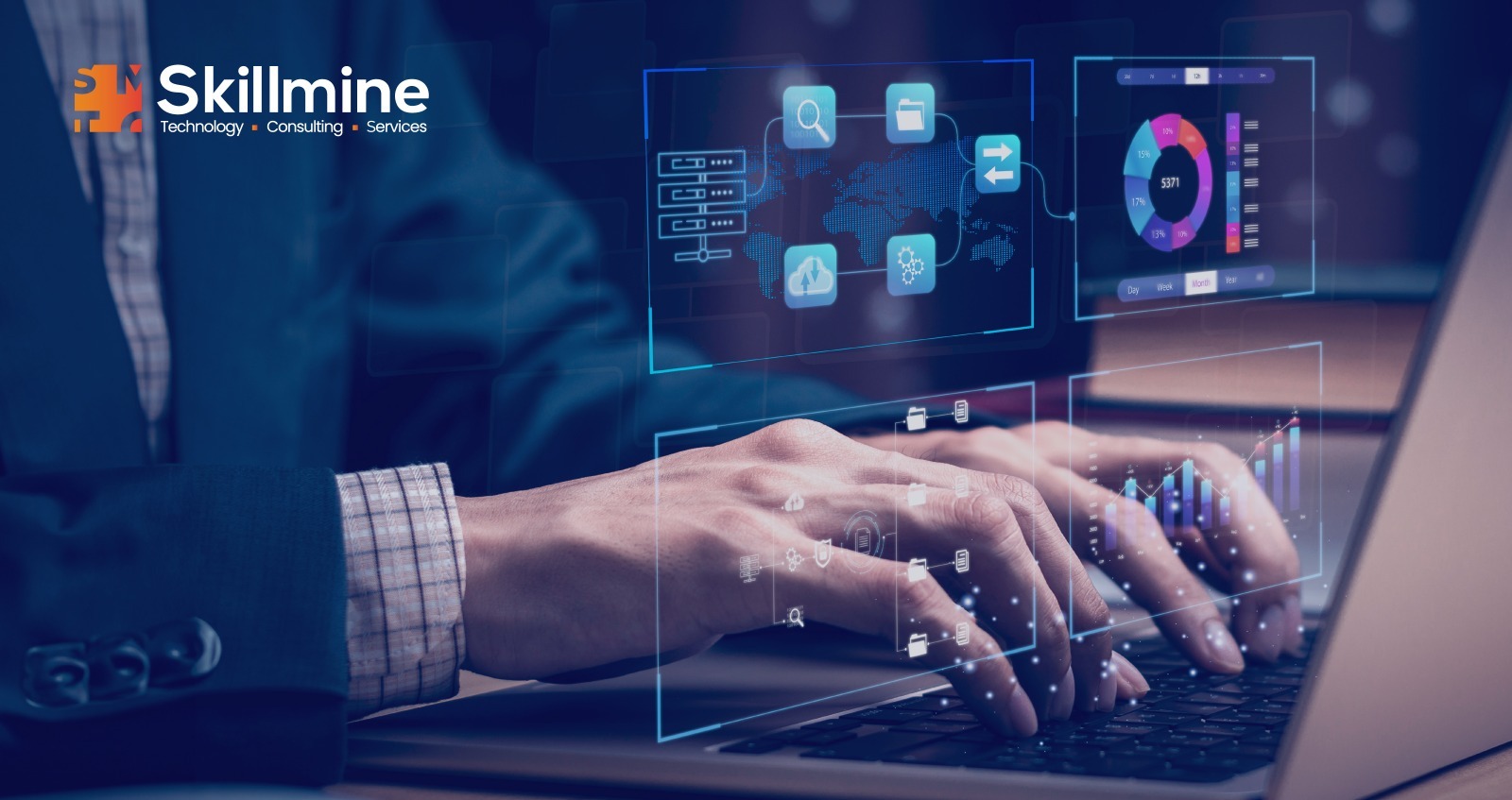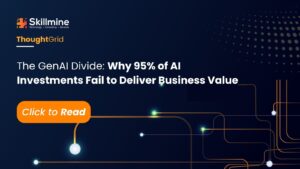According to a Gartner press release, majority of technology products and services will be built by professionals outside of IT by 2024. The continuous march of innovation, driven by advancements in hardware, software, and methodologies, has reshaped the way tech products are conceived, created, and delivered.
What is product development?
Product development entails the creation of a new product, spanning from the generation of ideas to the product’s launch. The journey starts with preliminary brainstorming sessions, where nascent ideas are explored. Subsequently, the process becomes a blend of creativity and strategy, with various approaches to execution.
Let’s explore the technical evolution of product development in the tech industry, highlighting key milestones and the current state of this dynamic process.
Traditional Product Development
Traditional tech product development was characterized by sequential processes, often referred to as the Waterfall model. Engineers followed a step-by-step approach, moving from one phase to the next, with limited flexibility for changes once a phase was completed. This approach, while structured, could lead to lengthy development cycles and difficulties in adapting to changing requirements.
Agile Methodology
The introduction of the Agile methodology marked a paradigm shift in product development. Agile emphasizes iterative and collaborative development, allowing for frequent reassessment and adaptation. Cross-functional teams work in short cycles, delivering incremental updates. This approach enhances flexibility, accelerates time-to-market, and fosters improved communication among team members.
DevOps Integration
DevOps, the integration of development and operations, brought about a cultural shift in product development. By promoting collaboration between development and IT operations, DevOps seeks to streamline the entire product lifecycle. Automation, continuous integration, and continuous delivery (CI/CD) pipelines became integral, enabling faster, more reliable releases.
The Influence of Cloud Computing
The advent of cloud computing significantly impacted product development. Cloud services provide scalable infrastructure, reducing the need for extensive hardware investments. This allows developers to focus on building features rather than managing infrastructure. Cloud platforms also facilitate global collaboration, enabling teams to work seamlessly across geographical boundaries.
AI and Machine Learning Integration
The integration of Artificial Intelligence (AI) and Machine Learning (ML) has opened new frontiers in product development. Tech products are now leveraging AI for predictive analytics, personalized user experiences, and automation of complex tasks. ML algorithms are employed to analyze vast datasets, providing valuable insights and enhancing product functionality.
Shift to Microservices Architecture
Microservices architecture has gained prominence, enabling the development of scalable and modular applications. This approach involves breaking down large applications into small, independently deployable services. Each service focuses on a specific business capability, fostering agility and making it easier to update and maintain software.
Focus on User-Centric Design
The evolution of product development has seen an increased emphasis on user-centric design principles. Understanding user needs, preferences, and feedback is integral to creating successful tech products. User interface/experience (UI/UX) design plays a pivotal role in ensuring that products are not only functional but also intuitive and enjoyable for end-users.
Impact of Blockchain Technology
Blockchain technology has introduced new possibilities in product development, particularly in industries where transparency, security, and decentralized systems are paramount. From ensuring data integrity to facilitating secure transactions, blockchain has the potential to reshape how tech products handle sensitive information.
Conclusion
The technical evolution of product development in the tech industry is an ongoing journey shaped by innovation, adaptability, and a commitment to meeting the ever-changing needs of users. From the rigid structures of Waterfall to the agility of Agile, and the integration of cutting-edge technologies like AI and blockchain, the landscape continues to evolve. Embracing these advancements ensures that tech products not only keep pace with the times but also lead the way in shaping the future of technology.
Skillmine stays at the forefront of product development by embracing the latest technologies. Our commitment to innovation enables us to continuously evolve and deliver products that meet the demands of the ever-changing tech landscape.
Looking for expert technology consulting services? Contact us today.





